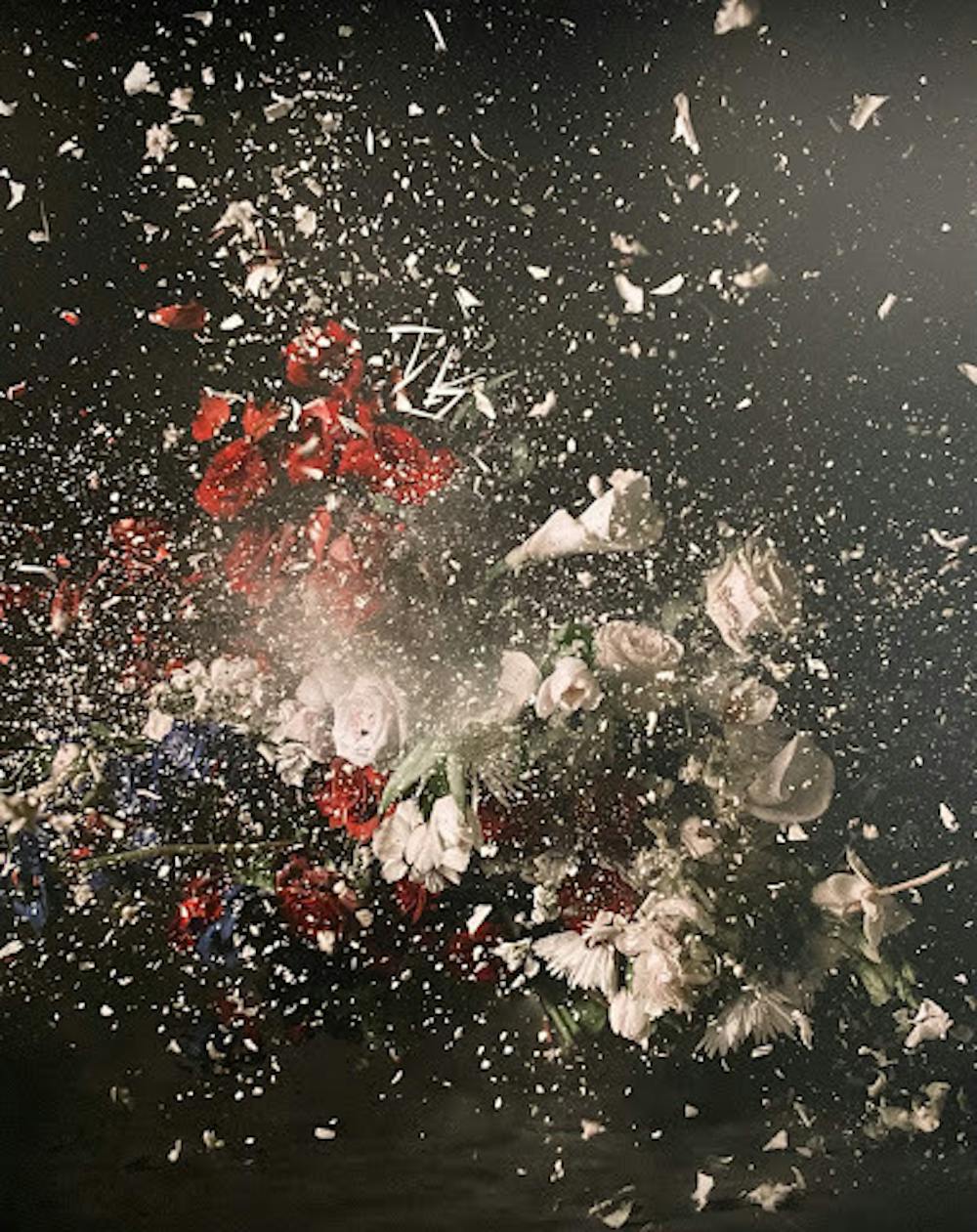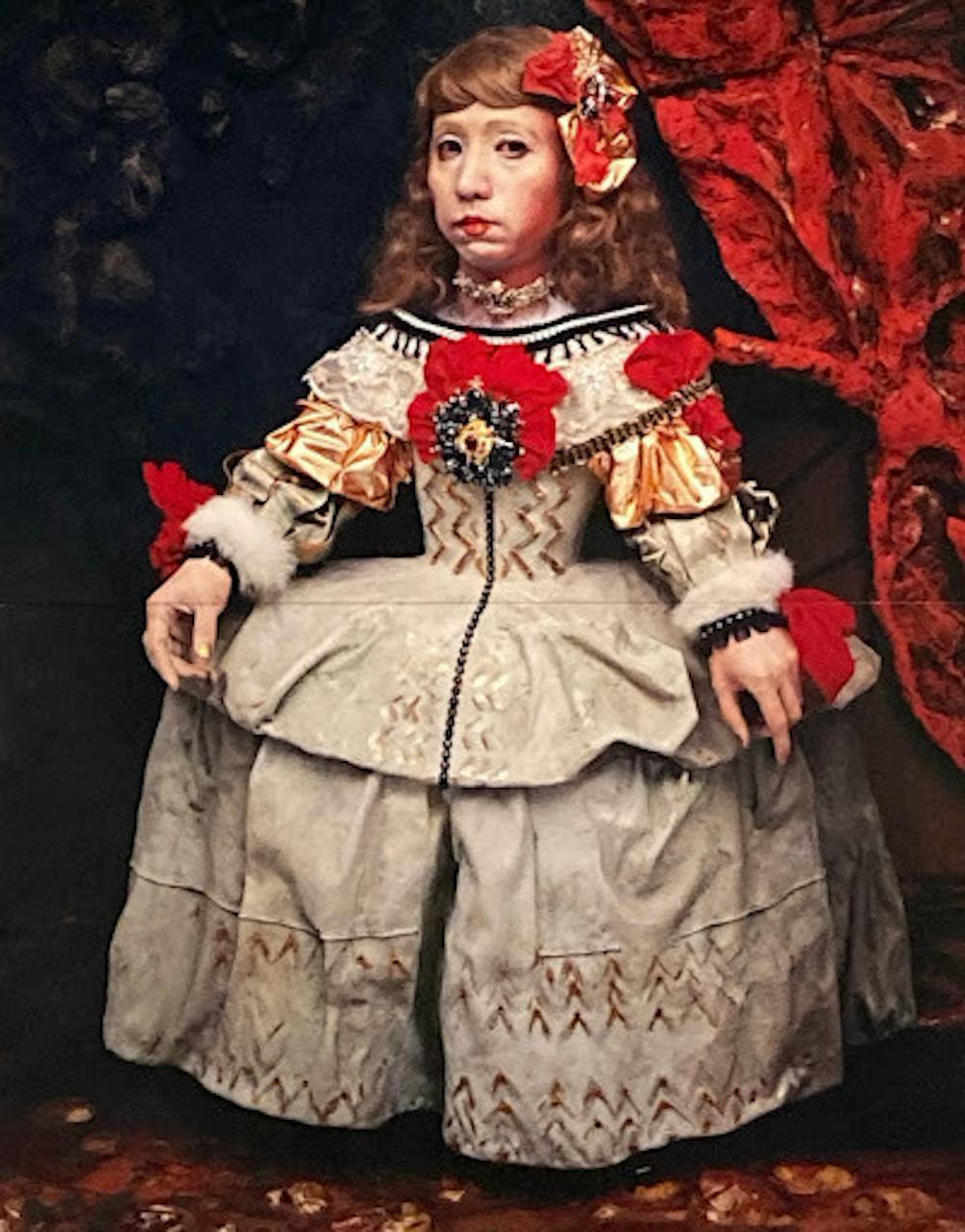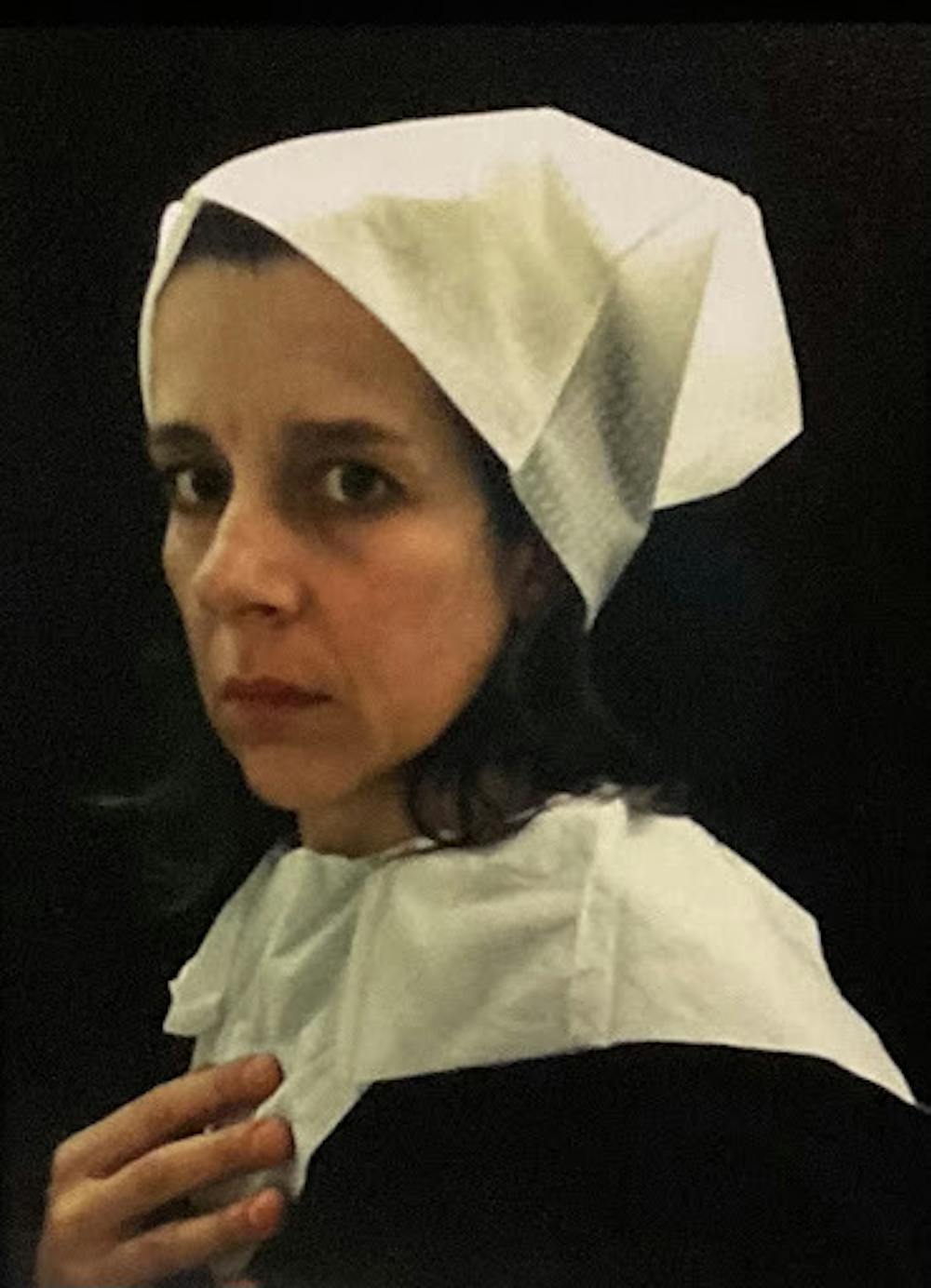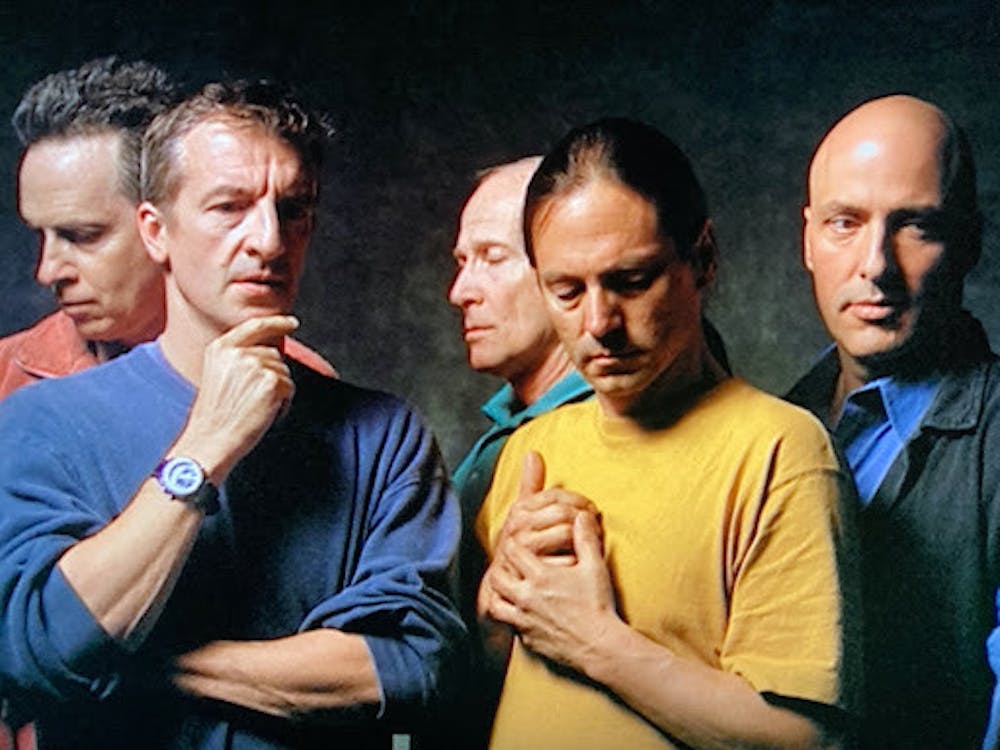By Lilly Ward
Staff Writer
The term “Old Masters” often conjures images of a table bursting with opulent fruits and vegetables, or stately individuals in rich garments steadily gazing at the viewer.
In The Princeton Art Museum’s new art exhibition at the Hulfish gallery, however, the work of Old Masters is reimagined and presented through the lens of the contemporary photographer. “Art about Art: Contemporary Photographers Look at Old Master Paintings” features work from artists such as Vik Muniz, Nina Katchadourian and Sharon Core.
“Old Masters,” as described by art historians, refers to formative figures within the Western canon of art history, from Leonardo da Vinci and Michelangelo to Rembrandt and Jacques-Louis David. Popular subjects for Old Masters include still-lifes displaying fruits and flowers alike, portraits of nobility and religious genre paintings.
Each of the artists in the exhibit, who are inspired by specific works by Old Masters, are able to draw from these seminal works to explore their own identity, change our perception of the artwork and rediscover the images by manipulating the visual imagery that is so familiar.

Ori Gersht, “Material Bo2,” from the series, “On Reflection,” 2014, Inkjet print (Photo by Lilly Ward).
Just as Old Masters used vibrant oil paints to accentuate and exaggerate the beauty of flowers, the images are edited to appear brighter and more colorful. Although the process of image-making has radically changed, the resulting image still manages to evoke an appreciation of nature.
Likewise, the artist Bill Viola uses a single channel color video to convey the intense emotional expressions of subjects within works, such as Hieronymus Bosch’s paintings of the Passion of the Christ. Although the figures are dressed in modern clothing, the impassioned overwrought emotion comes through to the viewer.
In the work of Ori Gersht, the serenity within still-lifes of flowers is imploded both literally and figuratively. Inspired by the still-lifes of a 19th century French artist named Henri-Fantin Latour who studied Old Master paintings, Gersht meditates on a connection between beauty and violence, as well as tranquility and calamity.
In his series “Blow Up,” Gerscht first arranges the flowers meticulously, freezing them with liquid nitrogen and then detonating the arrangement with explosives. The image, captured by the digital camera at three-quarters of a second, depicts the exact moment of the explosion. Similarly haunting, his single-channel video references 19th and 20th century photographers’ enamor with high speed photography, as demonstrated by photographers such as Ernst Mach, Peter Salcher and Harold “Doc” Edgerton.
Pomegranate (Off Balance) features a still-life of the artist Juan Sánchez Cotán’s “Still life with Quince, Cabbage, Melon and Cucumber.” The choice to replace the quince hanging by a rope with a pomegranate pierced by a bullet (seeming to drip blood as it sways within the immobile frame) offers the chance to ponder humanity’s repulsion and attraction to violence.

Yasumasa Morimura, “Princess A,” from the series, “Daughter of Art History,” 1990, dye destruction print mounted on acrylic (Photo by Lilly Ward).
The artists Yasumasa Morimura, Katchadorian, Ray Johnson and Jitka Hanzlová examine identity through photography. Yasumasa Morimura’s “Princess A,” from the series “Daughter of Art History,” examines his identity in relation to Diego Velázquez’s iconic painting, “Las Meninas.” Morimura places himself in the center of the image as a five-year-old princess in order to illustrate the complex relationship he has as a Japanese artist with works of art such as “Las Meninas.”

Nina Katchadorian, “Lavatory Self Portraits in in the Flemish Style” #20, 2015, from the series, “Seat Assignment,” 2010–present, chromogenic print (Photo by Lilly Ward).
Katchadorian’s “Lavatory Portraits in The Flemish Style” from the series “Seat Assignment” lends a sense of whimsiness to the show. While traveling on an airplane, Katchadorian fashioned hats and collars from bathroom tissue and seat covers to create the appearance of 15th century Flemish dress, taking her own portrait with a cellphone. The result allows the viewer to ponder between how visual identity is constructed, and how the tradition of the construction of identity through portraiture continues in the modern day.
“Lavatory Portraits in The Flemish Style” captures the essence of what works about this exhibition: the embrace of tradition while searching for reinvention. The tension between the tradition of oil painting and the manipulation of images in photography offers opportunity for innovation.
As Muniz said in an interview with BOMB magazine in 2000, “art is primarily a copy. I don’t believe in originality as much as I believe in individuality.”
Muniz’s work recreates iconic works of art with unconventional materials. His print, “Double Mona Lisa (Peanut Butter and Jelly,)” itself a copy of Andy Warhol’s silkscreen print of the Mona Lisa, offers insight into how the process of making the image changes our relation to it. However, at the same time, viewers will always recognize the face of the Mona Lisa — whether she is smiling at us through paint, a silkscreen print or peanut butter and jelly.
“Art about Art: Contemporary Photographers Look at Old Master Paintings” asserts that technology and tradition can coexist within the space of the gallery — not opposing, but complimenting each other.







